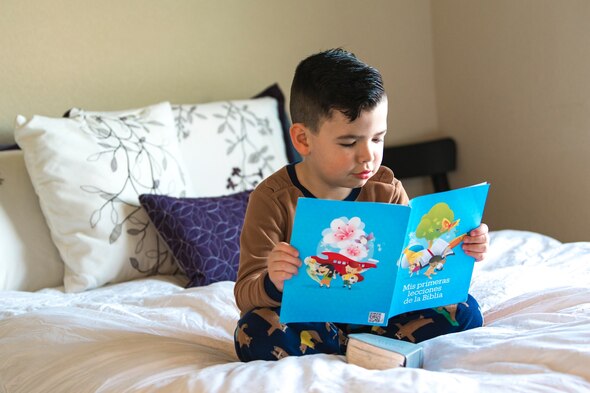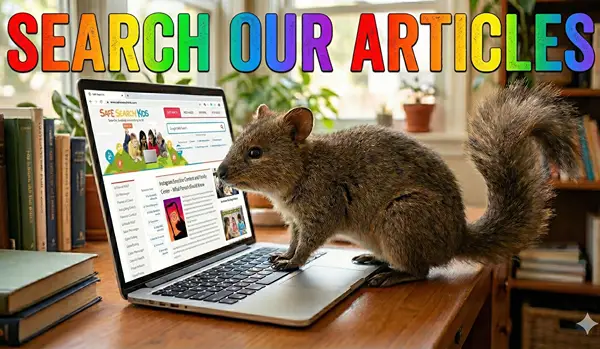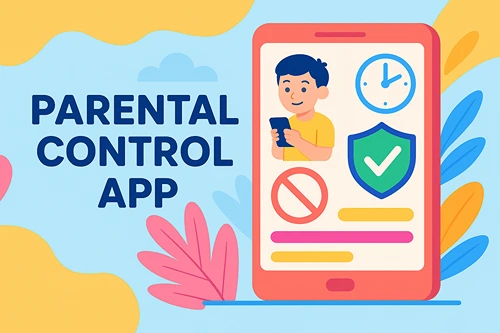Common Mistakes to Avoid When Editing Children’s Books
Creating an engaging children’s book requires you to articulate thoughts and stories coherently and fascinatingly. Not only do you need to draw attention, but you cannot afford to make mistakes when editing. If you author children’s books, you already value the power of captivating young minds. Yet, you must be careful when you edit it so that you do not lose the creative passion in your initial writing.
Working on such a book requires maintaining your voice and ensuring appropriate language. Hence, the balance is delicate. Refrain from being one of the authors who makes some common mistakes related to the editing process, as it will hinder the success of your book. Learn how to polish your book while maintaining the original intent in your writing that engages readers.
Using Best Services to Edit Children’s Books
Sometimes, if you have the time or the writing techniques to polish off your book, you might need help to put the book together. This is a primary reason why many writers enlist help from professionals who specialize in bringing your work to market. One of these services is to gain access to children’s book editors available through PenFellow. They also meet the needs of those seeking ghostwriting services, assistance with business plans, and even writing biographies.
For our purposes in this article related to book editing, seeking help will obviously save you time and effort. If you have never edited a book before, it can be more complicated than expected. And most certainly, it’s more tedious. Editing a book requires factchecking research, planning, and meticulously ensuring the content is completely free of mistakes. It’s a special skill from someone administratively minded that is dedicated to every little detail.
5 Common Editing Mistakes When Editing Children’s Books
Making a children’s book is similar to crafting a piece of art. A great one is not about the greater picture; it all boils down to collecting all the integral parts. Editing a good children’s book should involve creating simple sentences while sparking creativity and curiosity.
However, many neglect the full attention to detail of the editing process. Editing can include revising and refining your work. Generally, you aim to improve the clarity and coherence of your book.
Here are the top common mistakes to avoid.

Common mistake #1: Avoiding the developmental editing process
Developmental editing is the most crucial final touch your work needs. It focuses on reviewing the structure, pacing, and plot of your writing. At this point, the editor will work closely with your author to review and evaluate the book. This includes identifying strengths and weaknesses, fixing plot holes, and ensuring no character inconsistencies.
Common mistake #2: Spending too much time editing spelling and grammar mistakes
Grammar and spelling mistakes in books are essential elements that all editors want to avoid. However, you do not wish to over-correct your sentences to make them less coherent or not as engaging. Hence, consider focusing more on the flow and structure of the book while editing. Refrain from over simplifying phrasing while reviewing simple mistakes.
Common mistake #3: Being too heavy-handed with changes
As an editor, it might be tempting to make all these unnecessary adjustments while editing, writing, and illustrating children’s books. However, the more heavy-handed alterations you make, the more likely you lose the writer’s unique voice. Good editors have a good understanding of writing techniques to tread lightly and avoid a disjointed result.
Common mistake #4: Ignoring consistency
Another vital element to making children’s books is the overall format, style, and wording. While the writer focuses on addressing the target audience, the editor must ensure everything flows smoothly. The review process should include having the same approach, overall format, and style.
Common mistake #5: Failing to factcheck
If your book is fictional, you already know that many elements will be imaginary. However, a children’s book might be about a real-life, non-fiction story. If that is the case, throughout your editing process, you should aim to address any factual information and double-check its validity.
Conclusion
Overall, it is easy for editors to overlook some common editing mistakes inadvertently. However, neglecting to review your book thoroughly after completion will hinder the process necessary for a successful book for children to enjoy. Moreover, the sales and popularity of your work will dwindle if everything is not handled properly from the original idea, to writing, to editing, to the final result of a high-quality children’s book that is coherent and enthralls readers.
Author’s Bio
David Santana: David has an undying passion for storytelling and literature. He loves to share his creativity and knowledge by writing well-crafted articles about tips and common mistakes to avoid when writing and editing. With David’s effective techniques, one can learn to engage any person’s imagination!
Read how to choose the right book marketing company for your genre.





